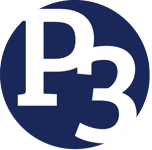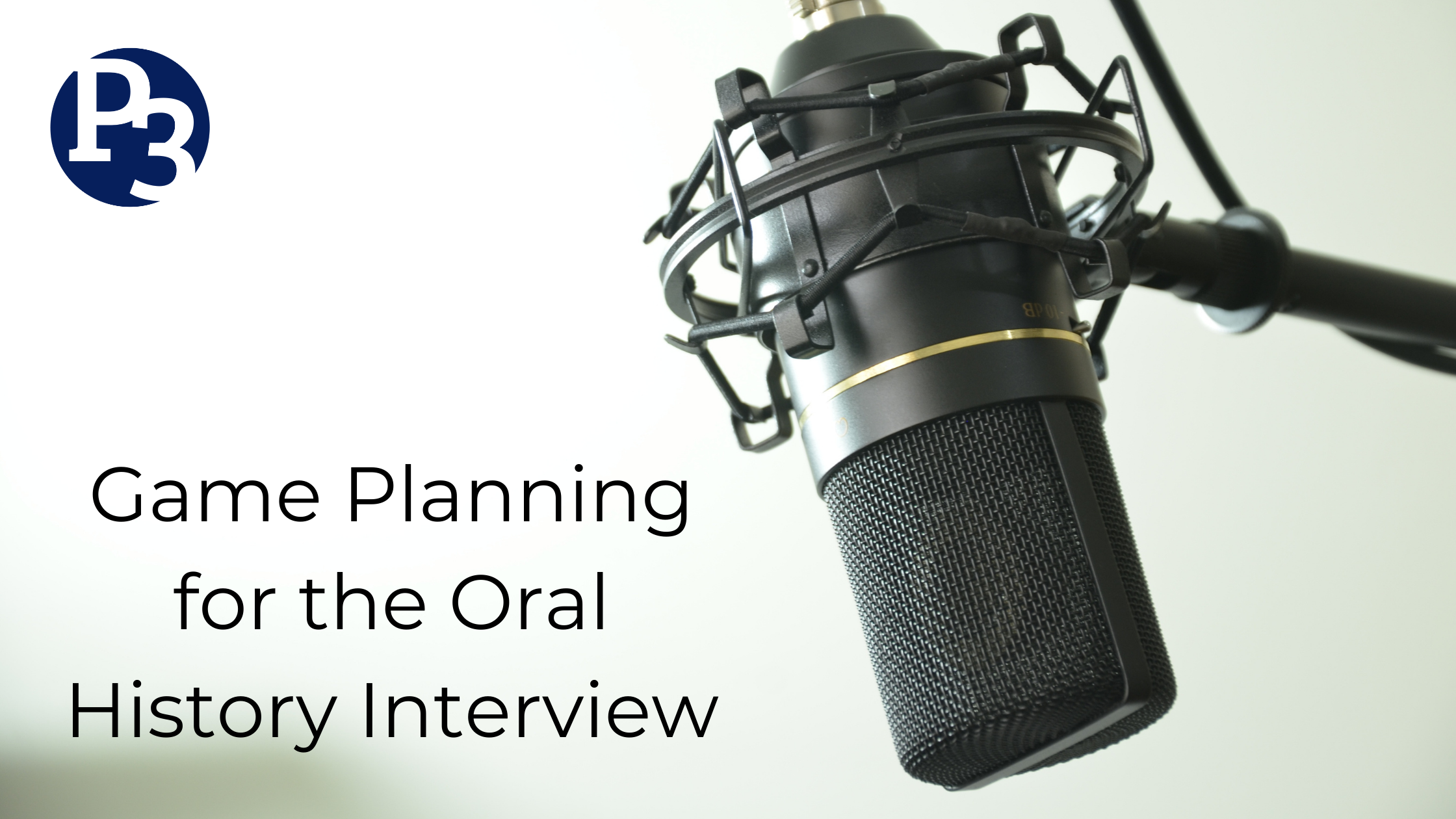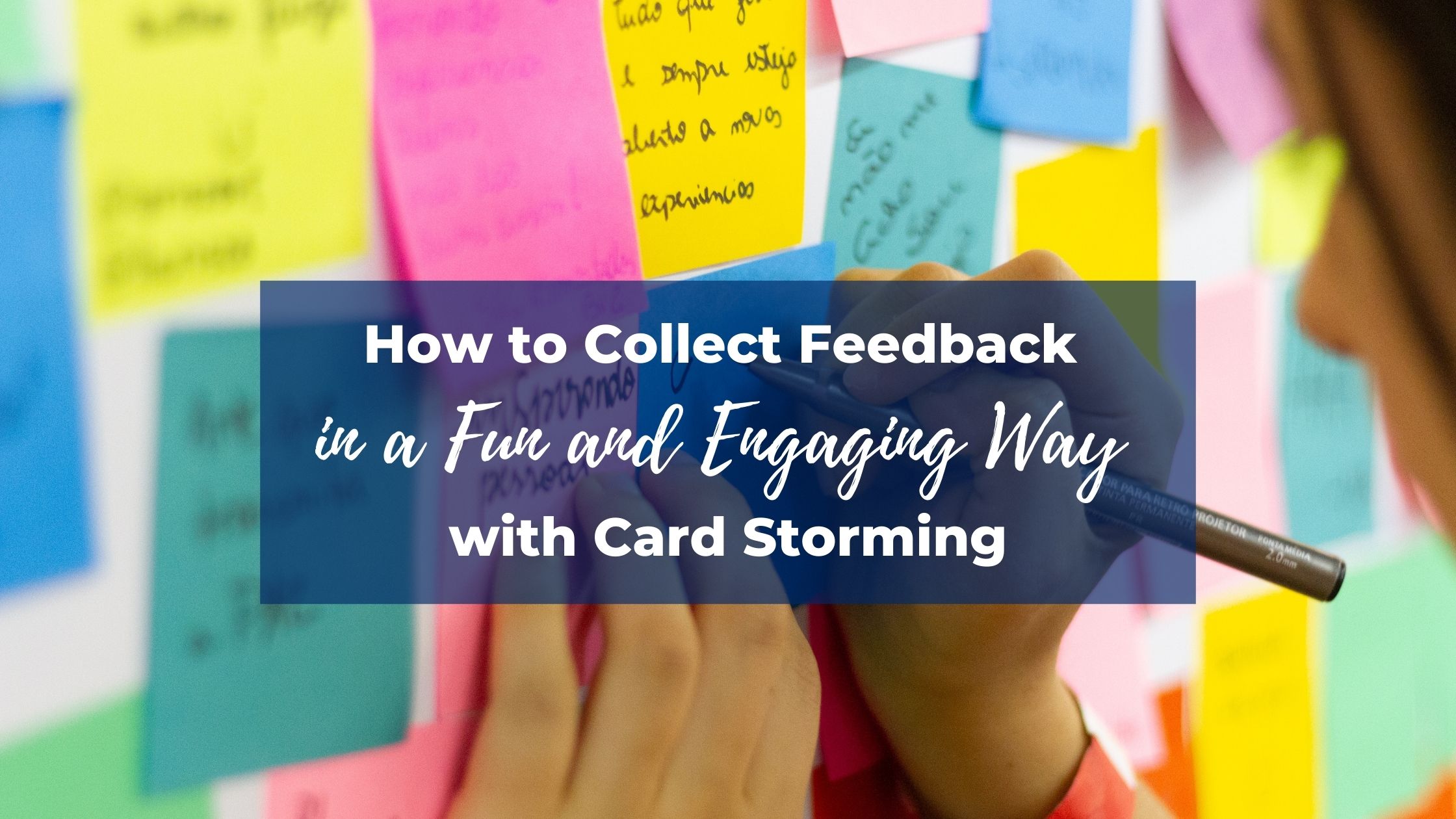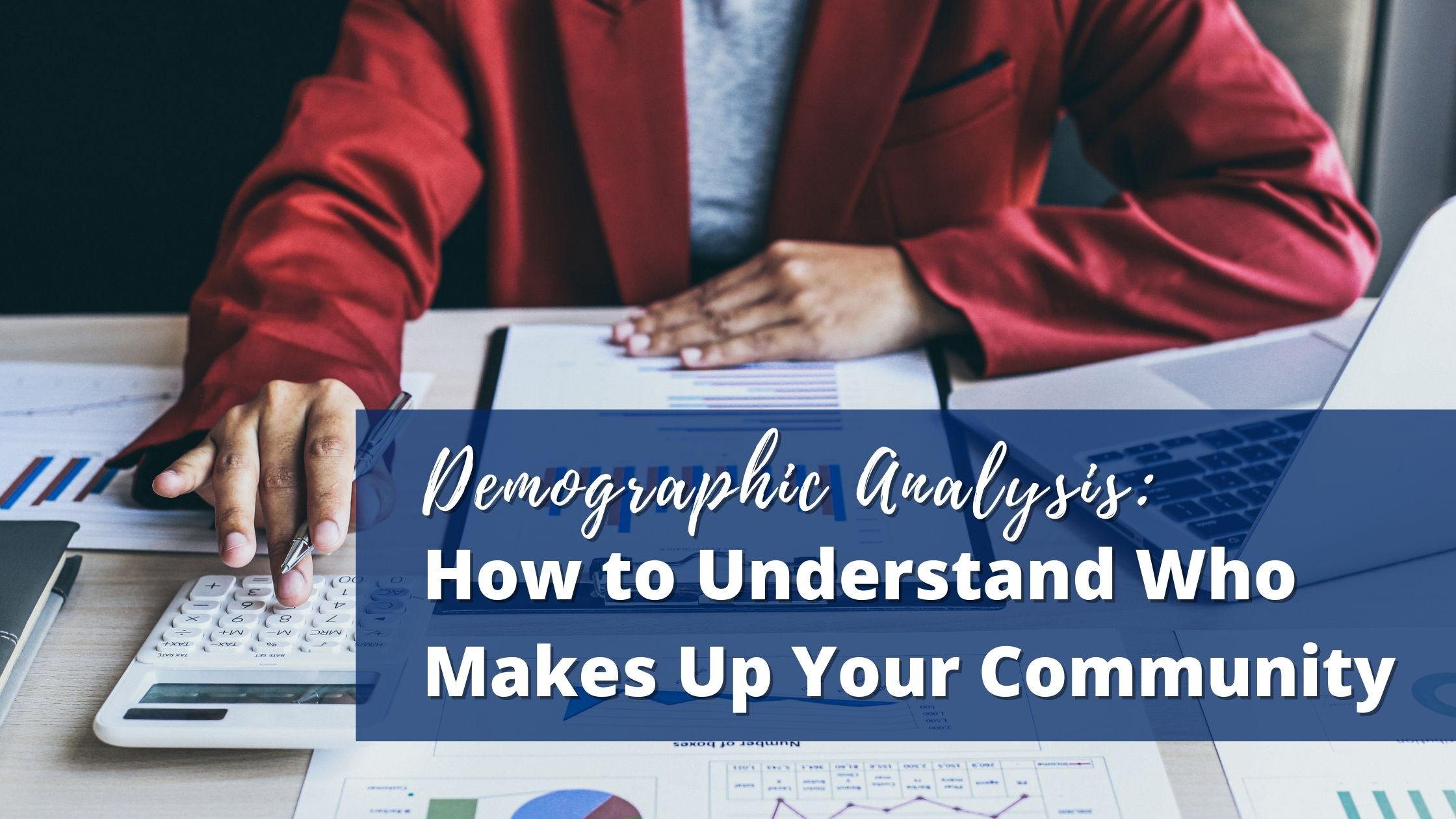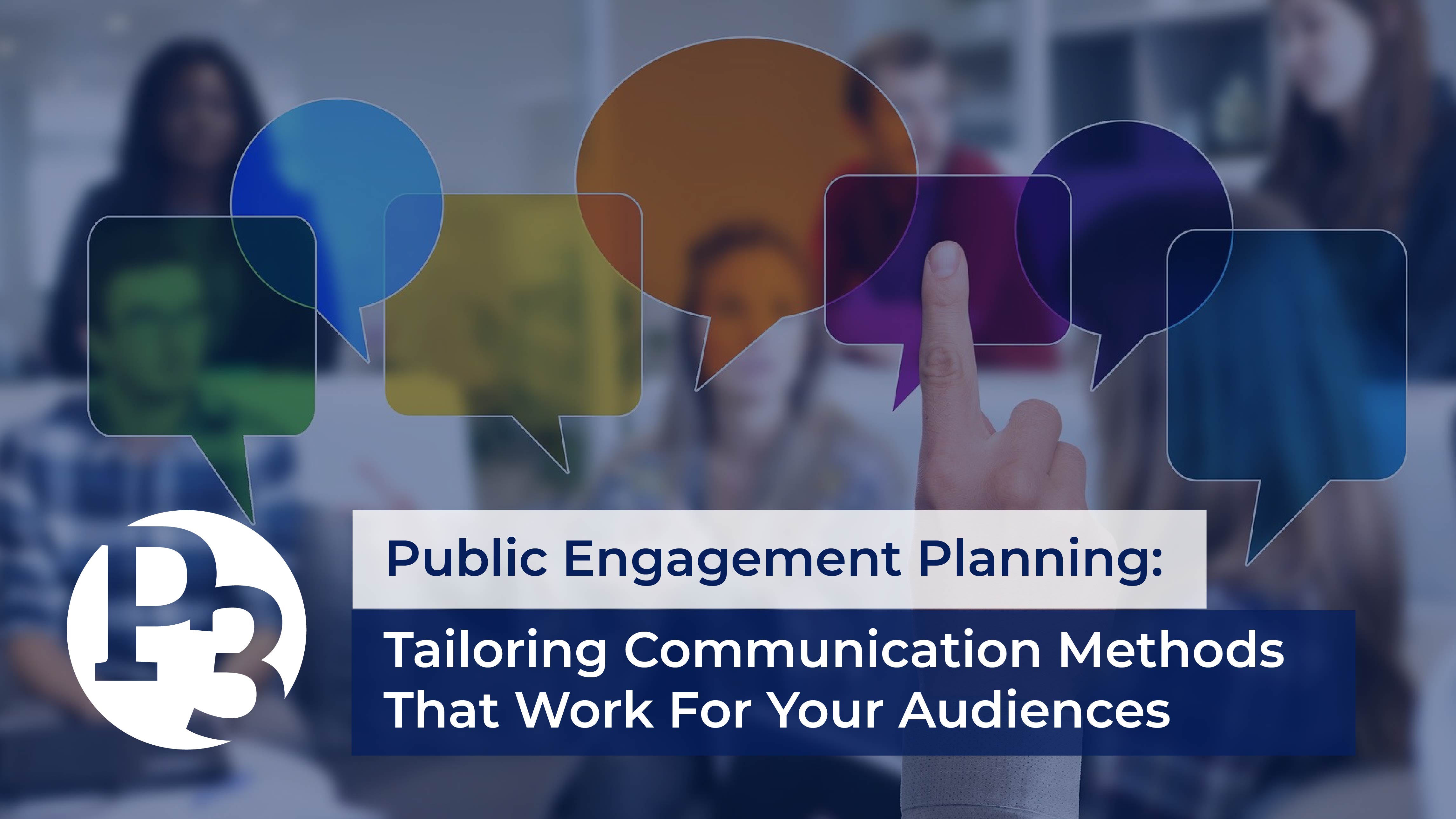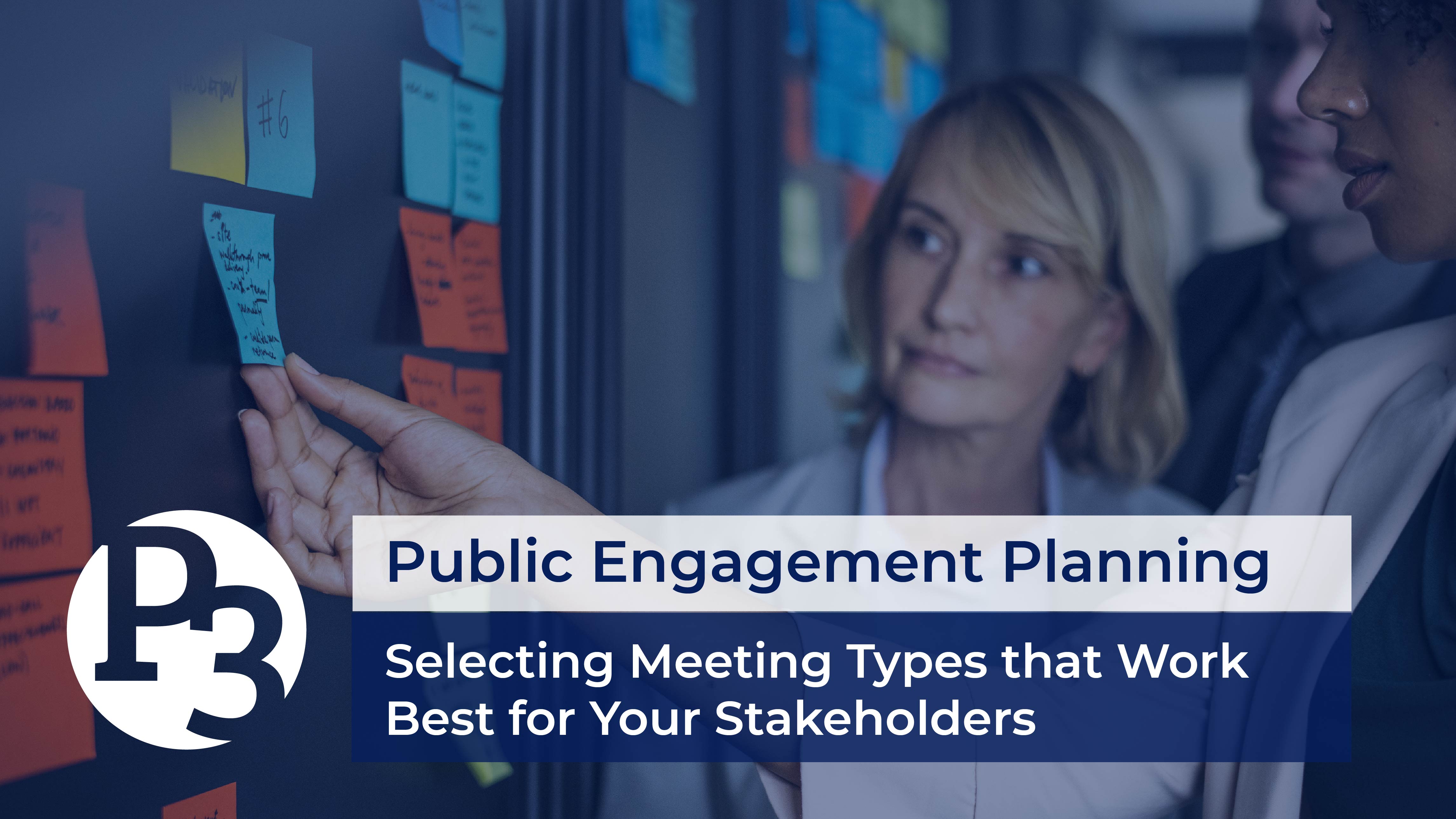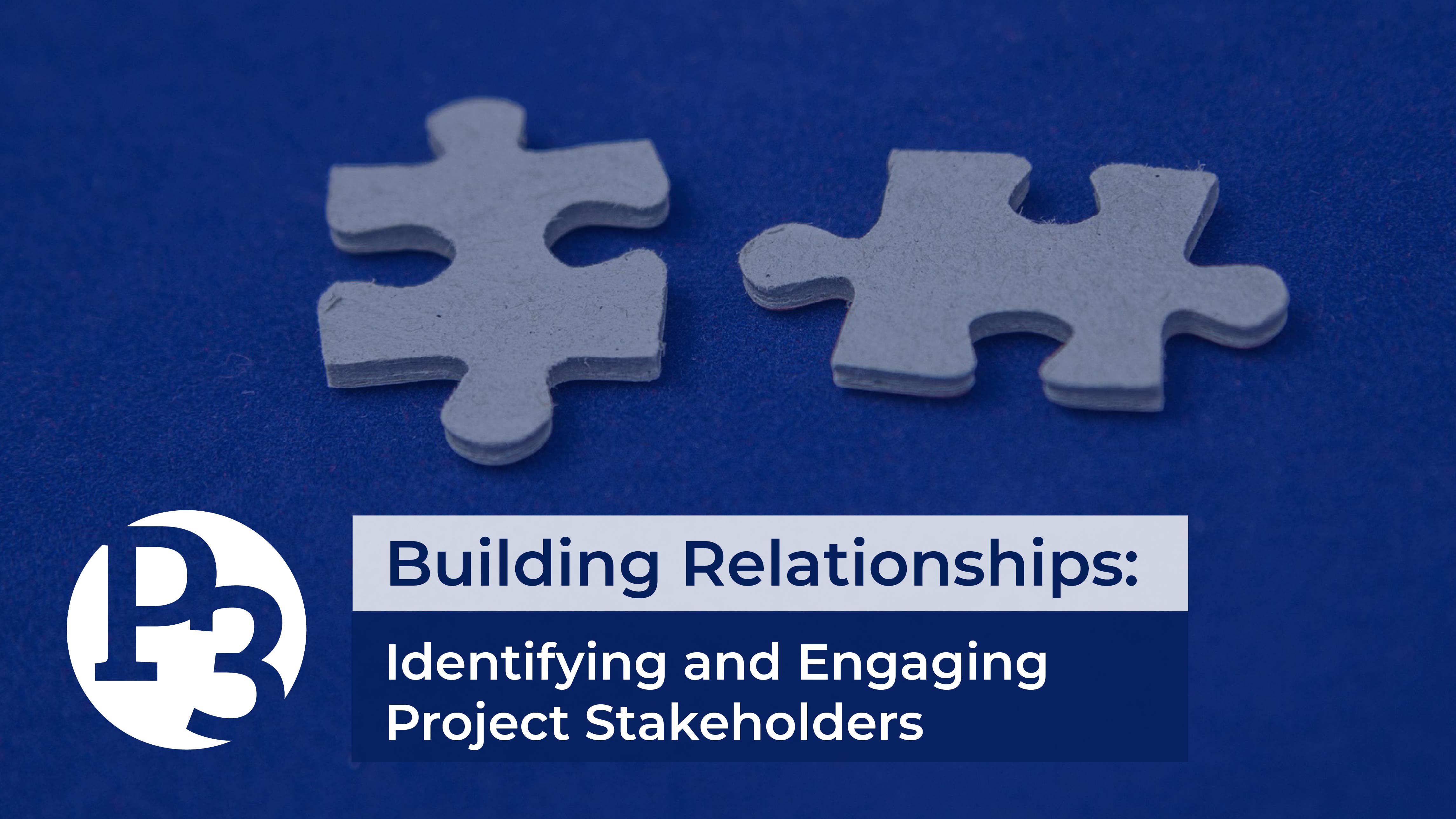Oral histories are recorded stories about historic events, places, and or people told by those who either have first-hand knowledge of the historical topic or someone present during the time (2). Oral Histories are primarily used to explore historical context while also being informative for...
Imagine you’re in charge of a visioning workshop for a project you’re working on. You need to know what residents of the study area envision for their community. You’re planning on hosting a meeting with community members to gather their feedback, but you’re not sure...
Understanding your community is the first step to effective public engagement. There are many things to keep in mind when conducting outreach in a community, including the community’s history, age, social and economic makeup, and more. It is also critical to know who makes up...
In our previous two posts, we discussed how to select
meeting and data collections that best suit your needs and the needs of your
community. If you missed either of those posts, you can check them out here: https://publicparticipationpartners.com/blog
(and to ensure you never miss a post again,...
Every agency
wants to make decisions in their work that factor in the needs, preferences,
and concerns of the community those decisions will affect. To make sure of
this, we must factor in extensive data and public input obtained through
community engagement and outreach. Public engagement, involvement, and
empowerment is...
Public
engagement is the foundation for decision-making that incorporates the ideas
and perspectives of the public. But how do you know who to reach out to?
Creating a stakeholder list is one of the key steps in getting started with
public engagement.
There are three types of stakeholders:
primary, secondary, and...

